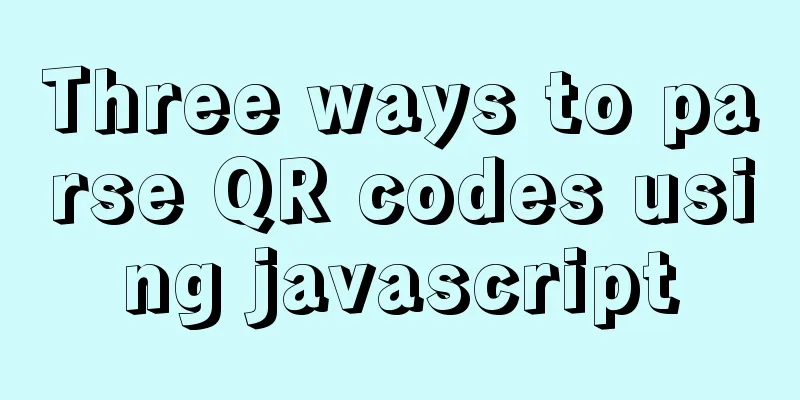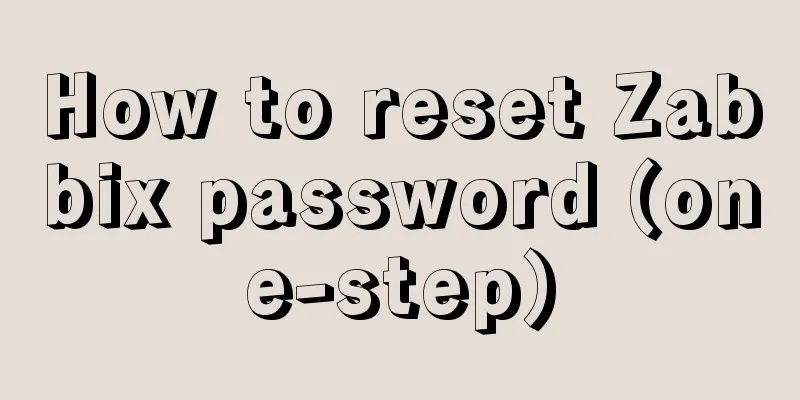A brief discussion on how Tomcat breaks the parent delegation mechanism

|
We often encounter ClassNotFound exceptions, indicating that the JVM failed when trying to load a class. To solve this exception, you need to know
Think about how Tomcat loads and manages Servlets under Web applications? JVM Class LoaderJava class loading is to load the bytecode format .class file into the method area of JVM, and create a java.lang.Class object instance in the JVM heap to encapsulate the data and methods related to the Java class. What is a Class object? The JVM does not load all .class files at startup, but only loads the class when the program is used during operation.
public abstract class ClassLoader {
//Each class loader has a parent loader private final ClassLoader parent;
public Class<?> loadClass(String name) {
// Find out if the class has been loaded Class<?> c = findLoadedClass(name);
// If it has not been loaded if( c == null ){
// [Recursion] Delegate to the parent loader to load if (parent != null) {
c = parent.loadClass(name);
} else {
// If the parent loader is empty, find out whether the Bootstrap loader has been loaded c = findBootstrapClassOrNull(name);
}
}
// If the parent loader fails to load, call its own findClass to load if (c == null) {
c = findClass(name);
}
return c;
}
protected Class<?> findClass(String name){
// 1. According to the passed class name, search for the class file in a specific directory and read the .class file into memory...
// 2. Call defineClass to convert the byte array into a Class object return defineClass(buf, off, len);
}
// Parse the bytecode array into a Class object and implement it with native methods protected final Class<?> defineClass(byte[] b, int off, int len){
...
}
}The JVM's class loaders are hierarchical parent-child relationships, and each class loader holds a parent field pointing to the parent loader.
loadClass first checks whether the class has been loaded. If so, it returns directly, otherwise it passes it to the parent loader to load. The working principle of JDK class loader is the same, the only difference is the loading path, that is, the path searched by findClass is different. The parent-child relationship of class loaders is not implemented through inheritance. For example, AppClassLoader is not a subclass of ExtClassLoader, but the parent of AppClassLoader points to the ExtClassLoader object. Tomcat class loader Tomcat's custom class loader WebAppClassLoader breaks the parent delegation mechanism: findClass
public Class<?> findClass(String name) throws ClassNotFoundException {
...
Class<?> clazz = null;
try {
//1. First search for the class in the Web application directory clazz = findClassInternal(name);
} catch (RuntimeException e) {
throw e;
}
if (clazz == null) {
try {
//2. If not found in the local directory, let the parent loader search clazz = super.findClass(name);
} catch (RuntimeException e) {
throw e;
}
//3. If the parent class is not found, throw ClassNotFoundException
if (clazz == null) {
throw new ClassNotFoundException(name);
}
return clazz;
}Workflow
loadClass
public Class<?> loadClass(String name, boolean resolve) throws ClassNotFoundException {
synchronized (getClassLoadingLock(name)) {
Class<?> clazz = null;
//1. First check in the local cache whether the class has been loaded clazz = findLoadedClass0(name);
if (clazz != null) {
if (resolve)
resolveClass(clazz);
return clazz;
}
//2. Check whether the system class loader has loaded clazz = findLoadedClass(name);
if (clazz != null) {
if (resolve)
resolveClass(clazz);
return clazz;
}
// 3. Try to load the class using ExtClassLoader class loader, why?
ClassLoader javaseLoader = getJavaseClassLoader();
try {
clazz = javaseLoader.loadClass(name);
if (clazz != null) {
if (resolve)
resolveClass(clazz);
return clazz;
}
} catch (ClassNotFoundException e) {
// Ignore
}
// 4. Try to search for the class in the local directory and load it try {
clazz = findClass(name);
if (clazz != null) {
if (resolve)
resolveClass(clazz);
return clazz;
}
} catch (ClassNotFoundException e) {
// Ignore
}
// 5. Try to use the system class loader (that is, AppClassLoader) to load try {
clazz = Class.forName(name, false, parent);
if (clazz != null) {
if (resolve)
resolveClass(clazz);
return clazz;
}
} catch (ClassNotFoundException e) {
// Ignore
}
}
//6. The above processes all fail to load and throw an exception throw new ClassNotFoundException(name);
} Workflow
It can be seen that the Tomcat class loader breaks the parent delegation and does not directly delegate to the parent loader at the beginning, but loads it in the local directory first. This is the end of this article about how Tomcat breaks the parent delegation mechanism. For more information about Tomcat’s parent delegation mechanism, please search for previous articles on 123WORDPRESS.COM or continue to browse the following related articles. I hope you will support 123WORDPRESS.COM in the future! You may also be interested in:
|
<<: Mysql database recovery actual record by time point
>>: Solutions to browser interpretation differences in size and width and height in CSS
Recommend
Use of MySQL stress testing tool Mysqlslap
1. MySQL's own stress testing tool Mysqlslap ...
Ubuntu 20.04 turns on hidden recording noise reduction function (recommended)
Recently, when using kazam in Ubuntu 20.04 for re...
Example of how to implement keepalived+nginx high availability
1. Introduction to keepalived Keepalived was orig...
Suggestions on creating business HTML emails
Through permission-based email marketing, not onl...
Use pictures to realize personalized underline of hyperlinks
Don't be surprised if you see some kind of und...
MySQL briefly understands how "order by" works
For sorting, order by is a keyword we use very fr...
js learning notes: class, super and extends keywords
Table of contents Preface 1. Create objects befor...
CSS shadow animation optimization tips
This technique comes from this article - How to a...
Tudou.com front-end overview
1. Division of labor and process <br />At T...
How to customize more beautiful link prompt effect with CSS
Suggestion: Handwriting code as much as possible c...
Detailed tutorial on installing JDK8 on Linux system (CentOS7 installation)
JDK Installation I won't go into too much det...
Detailed explanation of the use of MySQL Online DDL
Table of contents text LOCK parameter ALGORITHM p...
How to install kibana tokenizer inside docker container
step: 1. Create a new docker-compose.yml file in ...
js to realize the production method of carousel
This article shares the specific code for js to r...
Web skills: Multiple IE versions coexistence solution IETester
My recommendation Solution for coexistence of mul...









